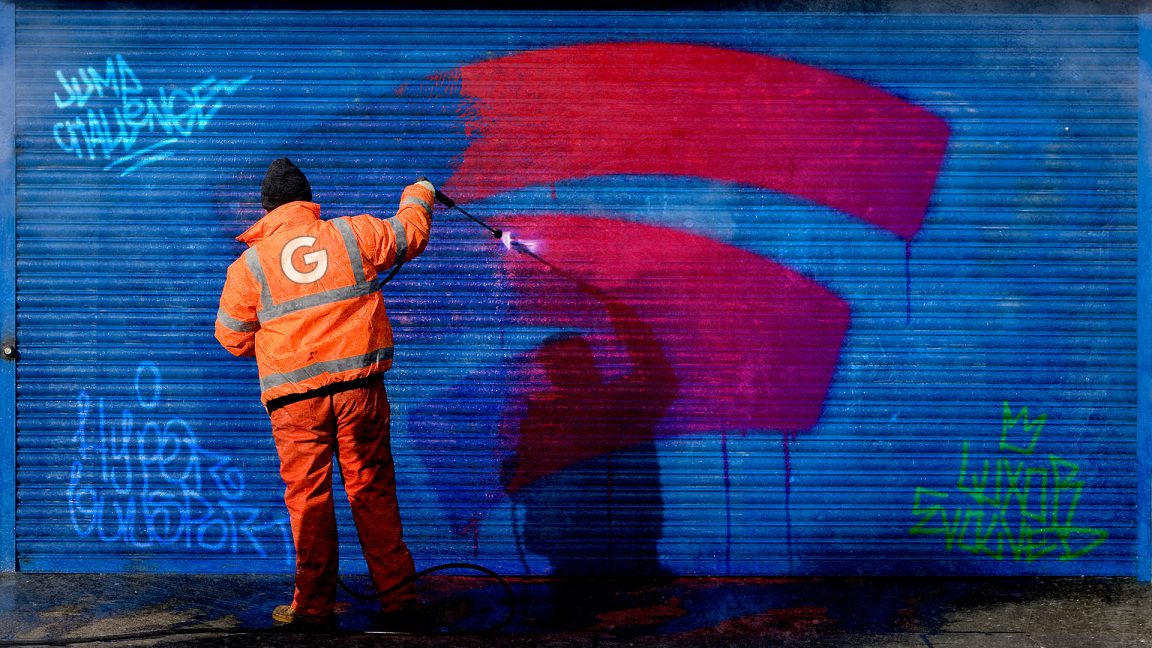Maiden Voyage
Gold™ Member
Game makers were still working on their ports when shutdown news went public.

“So much screaming inside me”—Google Stadia shutdown stuns indie developers
Game makers were still working on their ports when shutdown news went public.
 arstechnica.com
arstechnica.com
Source Byte Studios Chairman of the Board Nikodem Swider had just put in one final late-night bug-squashing session. After four long months of porting work, his small Polish studio was finally ready to submit a near-final build addressing all of the "must fix" errors Google had identified before the game Jump Challengecould finally launch on Stadia.
Then, scrolling through the news on his train ride home, Swider saw what he called a "horror message" on his phone. Stadia was closing down. All his porting work would be for naught.
Enter your email to get the Ars Technica newsletter
"I [thought] it was some rumor… it cannot be true," Swider said in a YouTube videoin the immediate aftermath of the shutdown. "[Then] I saw [it was an] official statement about Stadia."
"I start shaking a little bit," Swider recalled. "We put so much effort, so much effort to make it done… But everything [is] gone, all work has gone."
The blindside
Swider wasn't the only Stadia developer blindsided by Google's late September announcement that the streaming gaming service would be shutting down next January. Game makers who talked to Ars (and some who shared their surprise on social media) all said they had no indication of Google's shutdown plans before the public announcement."During correspondence [with Google], we are exchanging emails—nothing showed us it could be the end of Stadia," Swider said.
Source Byte's Nikodem Swider shares thoughts on his experience working on an unshipped Stadia port.
Olde Sküül Games CEO Rebecca Heineman told Ars her team was still working on a planned Stadia port of casual color-matching game Luxor Evolved the morning of Google's shutdown announcement. Heineman said she was preparing for a marketing meeting with her Google rep, scheduled for the next day, when an employee saw the news on Google's official blog.
Heineman said she immediately reached out to her contact at Google to find out what was going on. "A couple of hours later, I got a response saying, 'WTF?… Well, now I know what the all-hands meeting is going to be about,'" Heineman recalled. "That was a Stadia employee!… So even they didn't know."
"People talked about it shutting down since day one... I just hoped it wouldn't happen before we could put the game out!"
Necrosoft Games' Brandon Sheffield
Necrosoft Games Director Brandon Sheffield said he had been discussing Stadia Software Development Kit updates and marketing plans just days before Stadia's shutdown killed the studio's planned port of Hyper Gunsport. That said, Sheffield added that he always knew this outcome was a distinct possibility.
"I mean, people talked about it shutting down since day one," Sheffield told Ars. "I knew it was a risk because Google is a big company, and if they're not seeing big numbers, either of dollars or users or some other mystery number, they have a reputation for shutting stuff down. I just hoped it wouldn't happen before we could put the game out!"
Big fish, small pond
Despite that risk and the relatively small Stadia user base, developers who talked to Ars said they were enthusiastic about the potential financial upside of launching on Stadia. One developer who asked to remain anonymous told Ars they had heard of friends making $100,000 to $120,000 within a month of their game being offered for free on Stadia Pro. Those numbers would imply hundreds of thousands of active subscribers for Google's $10-per-month service.That may seem small compared to the 25 million Xbox Game Pass subscribers Microsoft reported in January. But Sheffield noted that while other platforms would usually offer a lump sum to attract early or exclusive content from developers, Stadia Pro developers got "a percentage of what people paid in, depending on how long they played. So if your game was good and people played it a lot, you'd make more money."
Google's generous revenue-sharing model also meant that "the revenue was good [even if] the number of users was relatively quite small," Sheffield added. "Maybe they had a million [users]. We'll never know… The real reason we were doing a Stadia launch, among the other launches we're doing, is because they're the only company that gave developers a chunk of the revenue they made from their subscribers."
Other developers saw the appeal of being one of the few fish in Stadia's relatively small pond. "There are [platforms like] Google Play or Steam where… many games come out [every day]," Swider said. "On Stadia, there [are] not so many games, and we can get more exposure on our game. Maybe this game won't earn too much, but it was not the point to earn too much. We wanted to make passive income from one platform, from another platform, maybe $200 bucks monthly, and it could be enough to start."
Heineman said she had projected her studio would earn a modest $5,000 to $20,000 in profit from the first few months of exposure on Stadia Pro. But that kind of direct revenue was actually less valuable than the marketing impact of being part of a Stadia launch, she said.
Being featured in Google's press releases and Facebook/Twitter ads would have been worth the equivalent of about $50,000 in direct ad spending, according to Heineman's estimates. That kind of marketing would have been invaluable in raising awareness ahead of the game's upcoming launch on Switch, Xbox, and PlayStation.
"Our website gets maybe 1,000 hits a day, whereas Google is like a million hits," she said. "It would have gotten people to see the game… So when they launch, we'd hopefully have a bigger opening."
Now, of course, the plans for all that earned marketing are dead and gone. "All my launch plans, announcements, videos, I'm putting them in a plastic bag and throwing them in the dumpster," Heineman said. "I have to figure out how I'm going to move forward with this."







